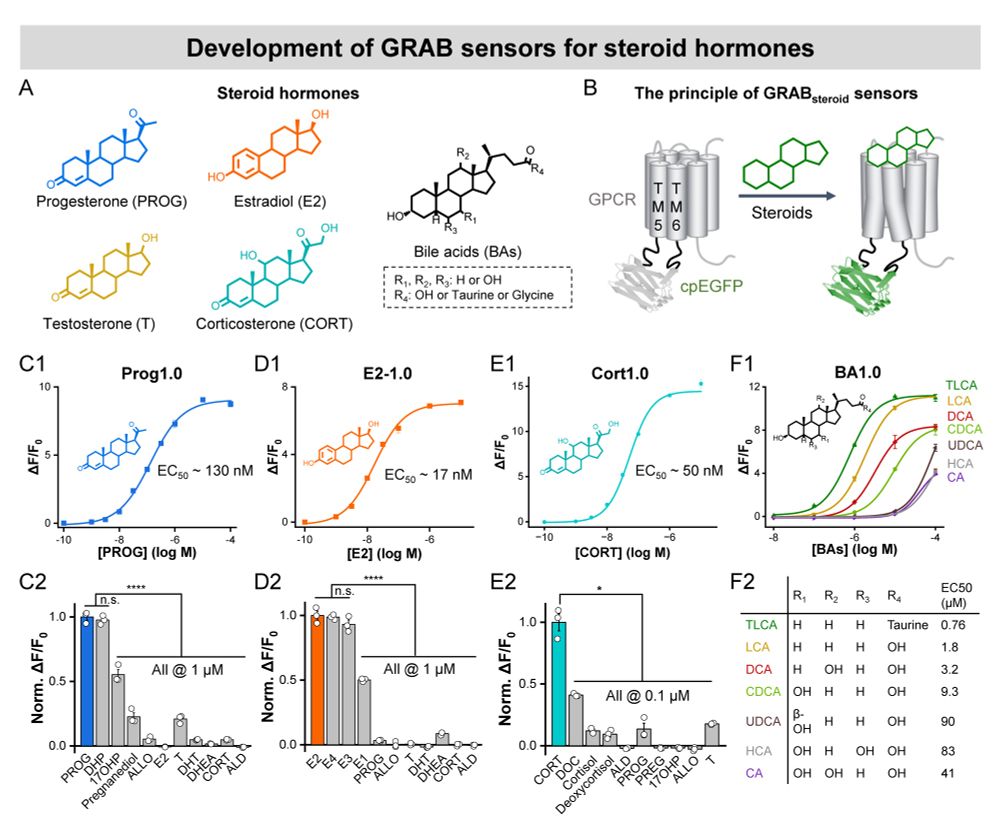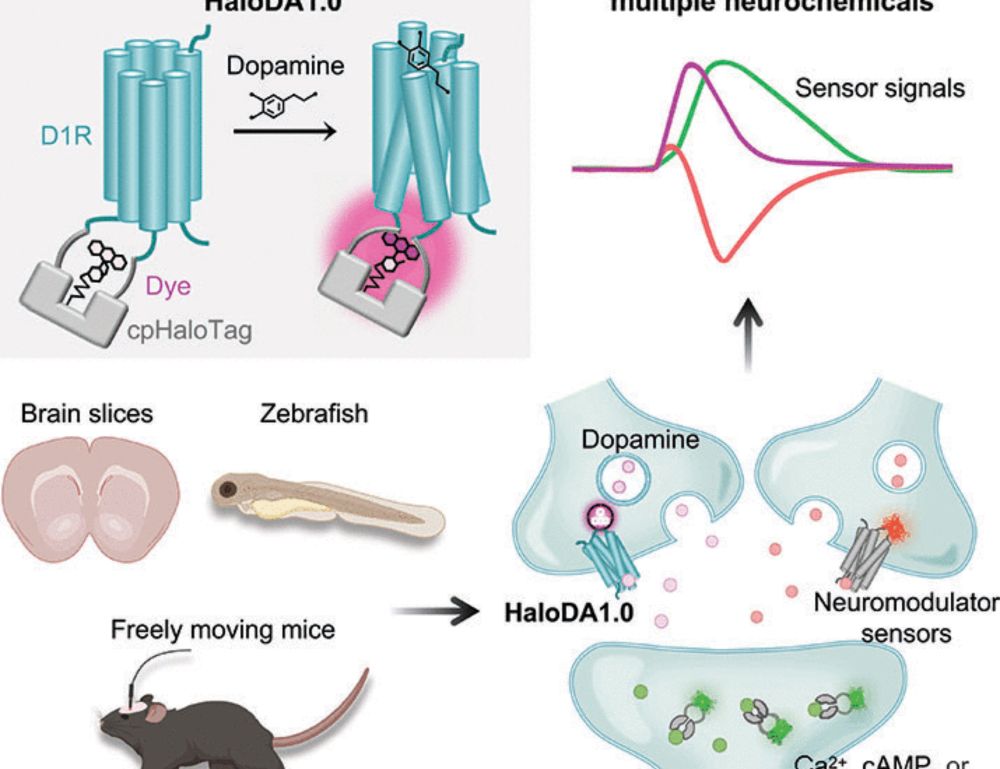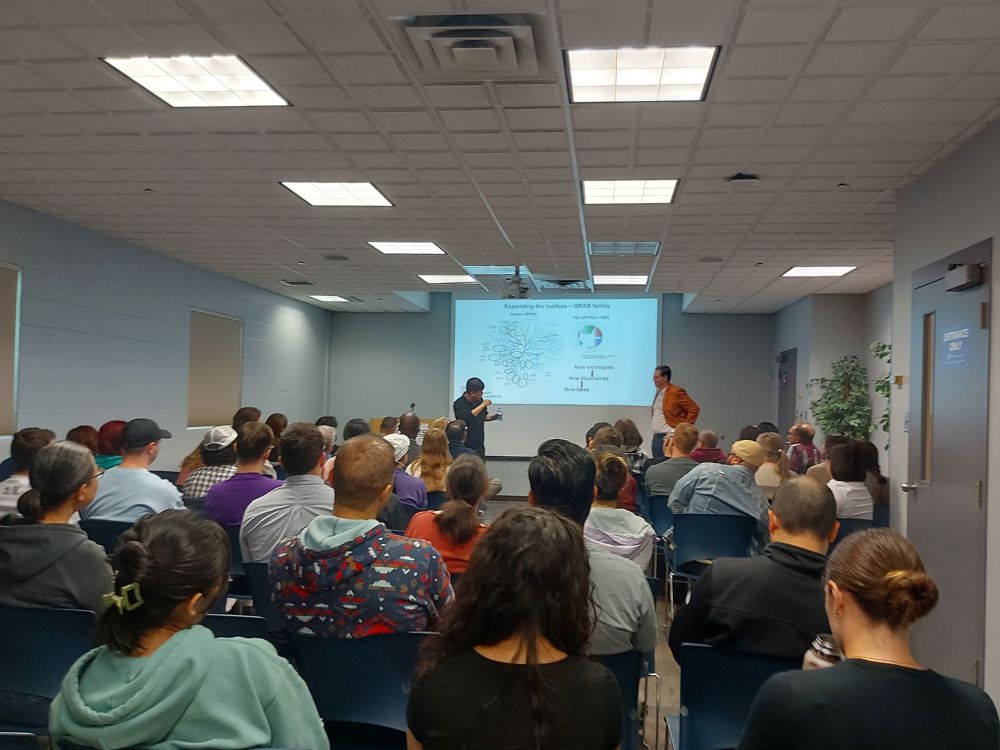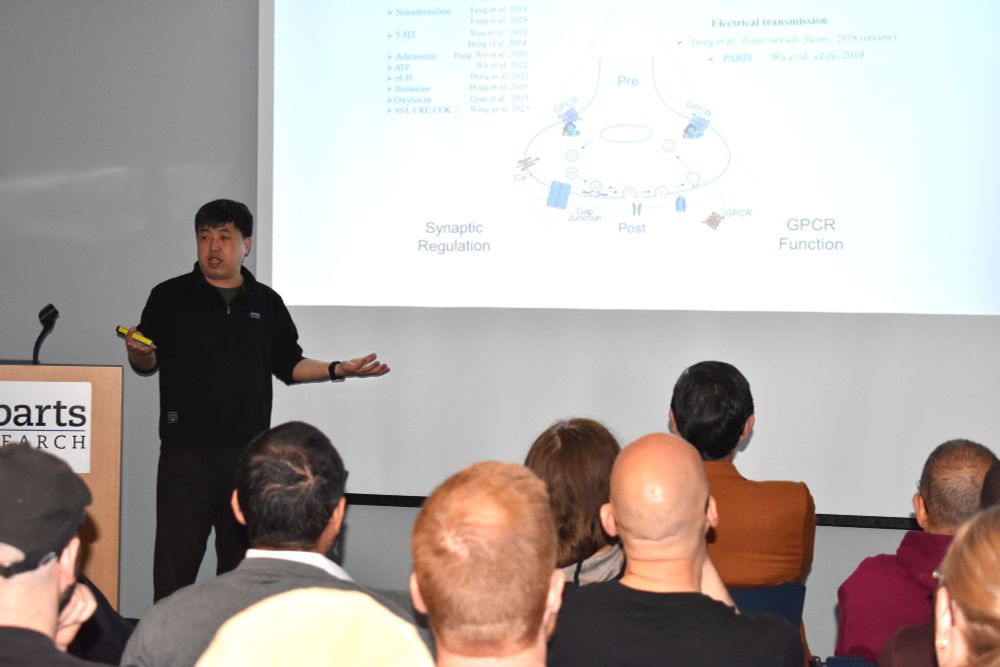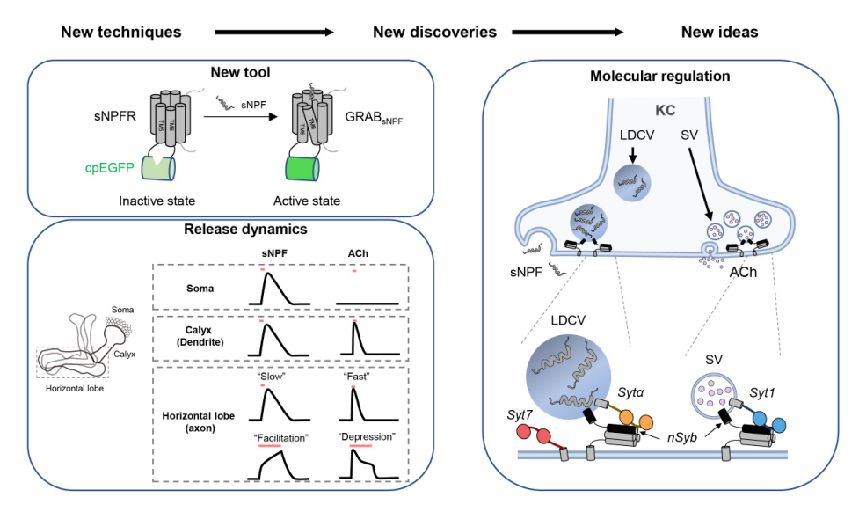Yulong Li Lab
@yulonglilab.bsky.social
470 followers
33 following
29 posts
Yulong Li lab at Peking University
Posts
Media
Videos
Starter Packs
Reposted by Yulong Li Lab
Yulong Li Lab
@yulonglilab.bsky.social
· May 21
Yulong Li Lab
@yulonglilab.bsky.social
· Dec 28
Yulong Li Lab
@yulonglilab.bsky.social
· Dec 28
Yulong Li Lab
@yulonglilab.bsky.social
· Dec 28

Red-shifted GRAB acetylcholine sensors for multiplex imaging in vivo
The neurotransmitter acetylcholine (ACh) is essential in both the central and peripheral nervous systems. Recent studies highlight the significance of interactions between ACh and various neuromodulat...
www.biorxiv.org
Yulong Li Lab
@yulonglilab.bsky.social
· Dec 24
Yulong Li Lab
@yulonglilab.bsky.social
· Dec 24






